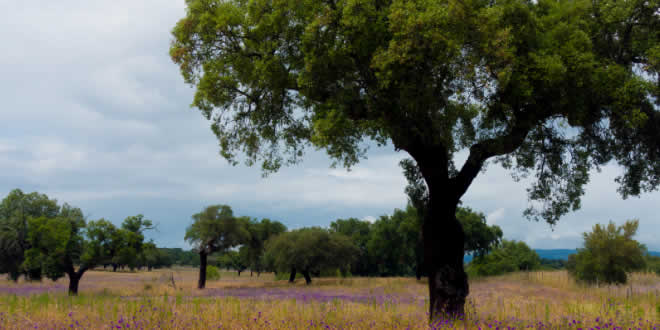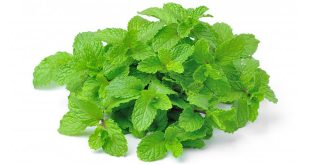| Kingdom: | Plantae |
| Family: | Fagaceae |
| Order: | Fagales |
| Genus: | Quercus |
Cork Oak Tree — The Cork Oak (Quercus suber) is a medium-sized, evergreen oak tree in the section Quercus sect. Cerris. It is native to southwest Europe and northwest Africa.
It grows to up to 20 m, although it is typically more stunted in its native environment. The leaves are 4-7 cm long, weakly lobed or coarsely toothed, dark green above, paler beneath, with the leaf margins often downcurved. The acorns are 2-3 cm long, in a deep cup fringed with elongated scales.
The tree forms a thick, rugged and corky bark. Over time this bark can develop considerable thickness and this can be harvested every 10-12 years as cork. The harvesting of cork does not harm the tree and a new layer of cork regrows, making it a renewable resource. The tree is widely cultivated in Spain, Portugal, Algeria, Morocco, France, Italy and Tunisia. Cork Oak forests cover approximately 2.5 million hectares in those countries. Portugal accounts for 50% of the world cork harvest. Cork Oaks cannot legally be cut down in Portugal, except for forest management felling of old, unproductive trees.
Cork Oaks live about 150-250 years. Virgin cork (or ‘male’ cork) is the first cork cut from generally 25-year-old trees. Another 10-12 years is required for the second harvest, and a tree can be harvested a dozen times in its lifetime. Cork harvesting is done entirely without machinery.
The European cork industry produces 340,000 tonnes of cork a year, with a value of €1.5 billion and employing 30,000 people. Wine corks represent 15% of cork usage by weight but 66% of revenues.
Cork Oaks are sometimes planted as individual trees, providing a minor income to their owners. The tree is also sometimes cultivated for ornament. Hybrids with Turkey Oak (Quercus cerris) are regular, both in the wild in southwest Europe and in cultivation; the hybrid is known as Lucombe Oak Quercus × hispanica.
 Kids Portal For Parents India Kids Network
Kids Portal For Parents India Kids Network







